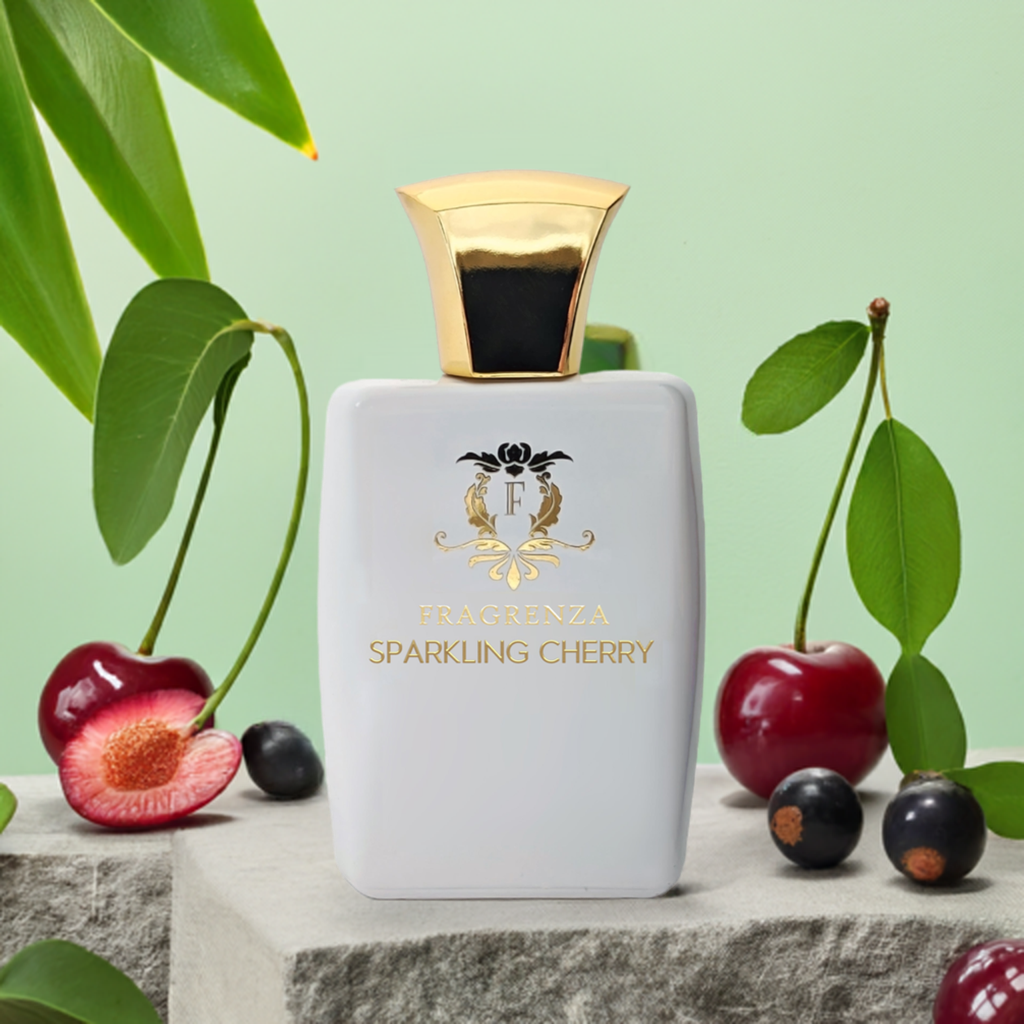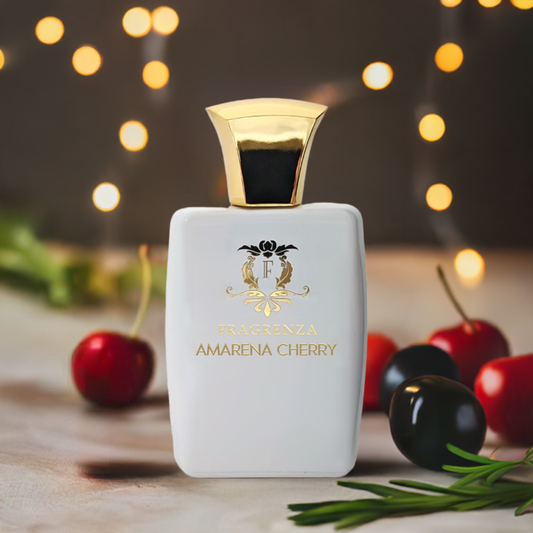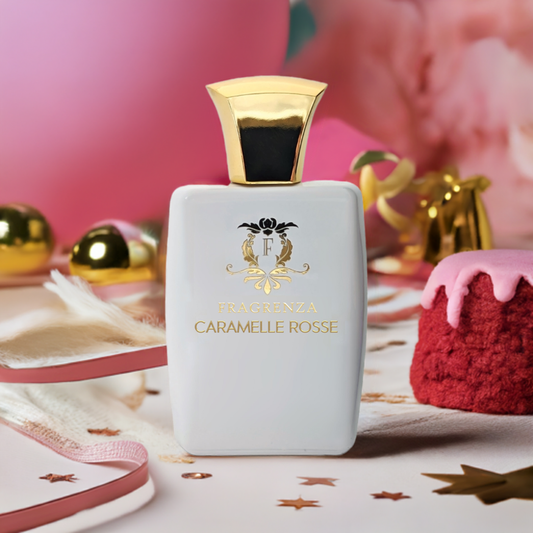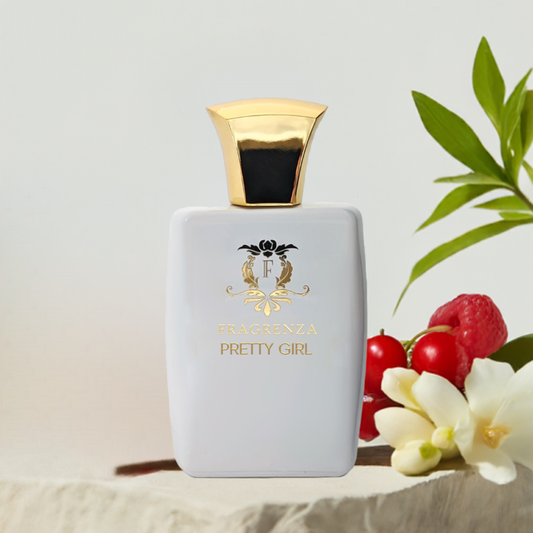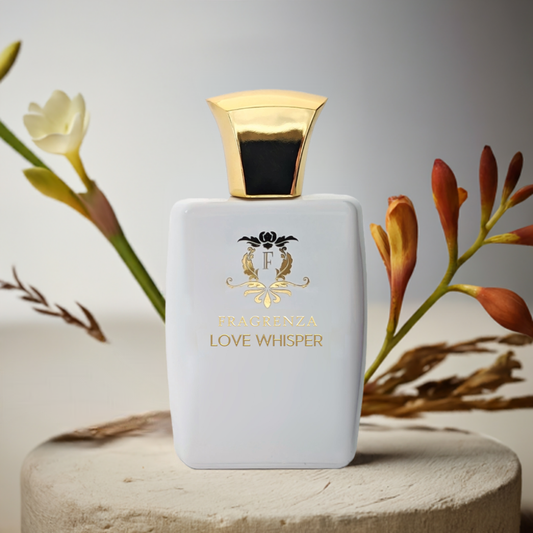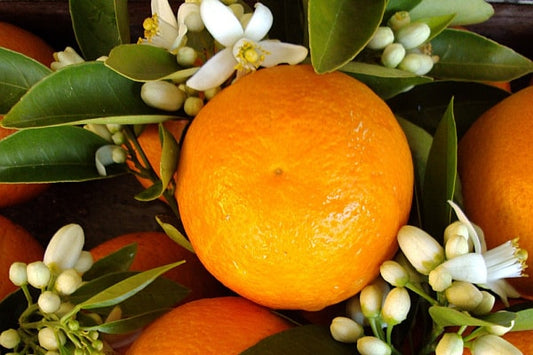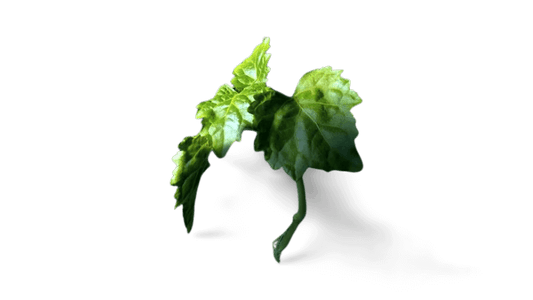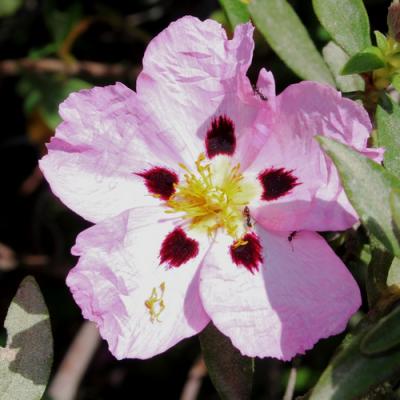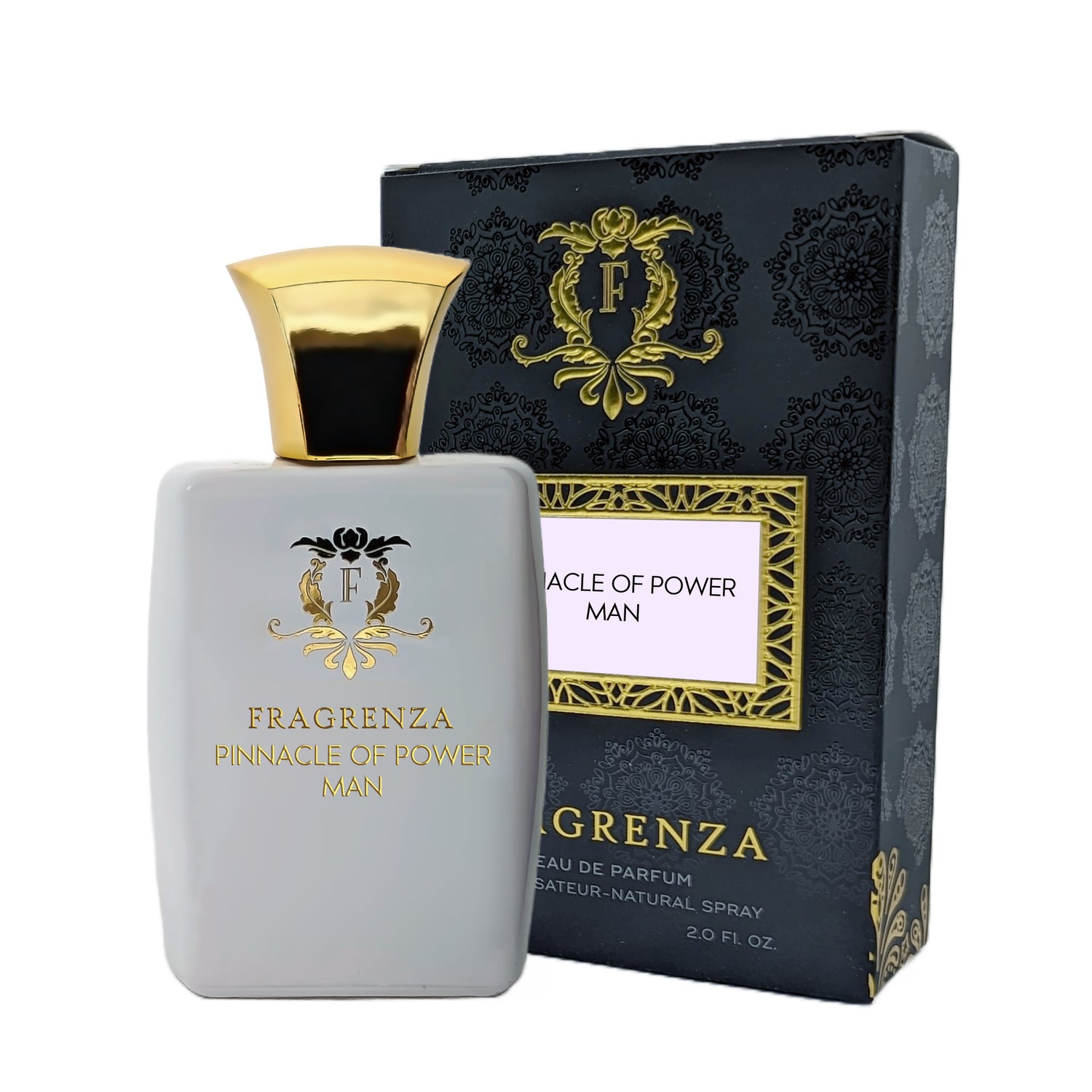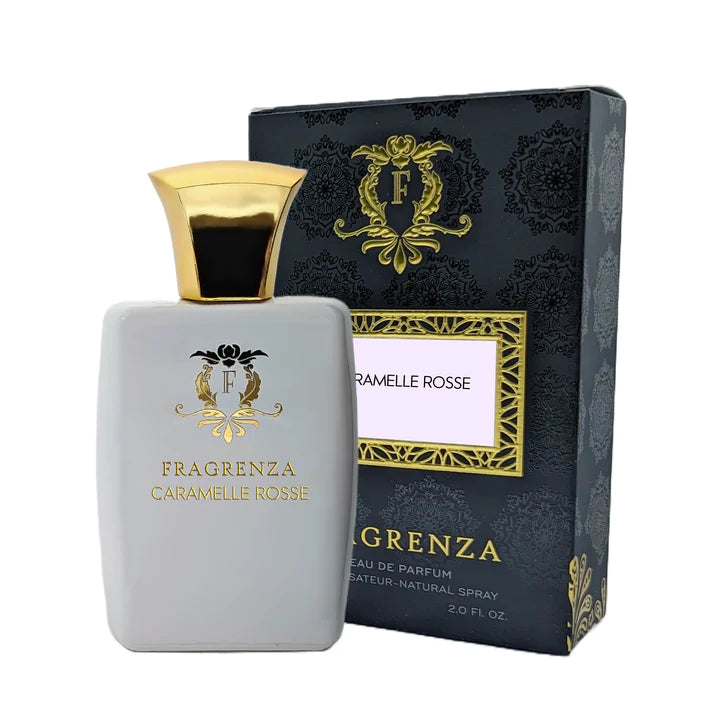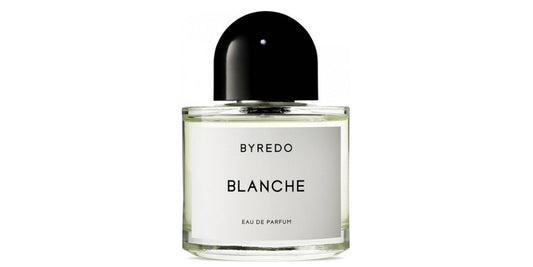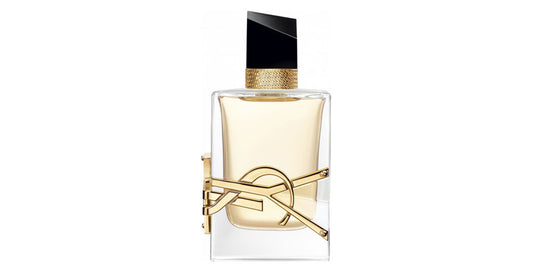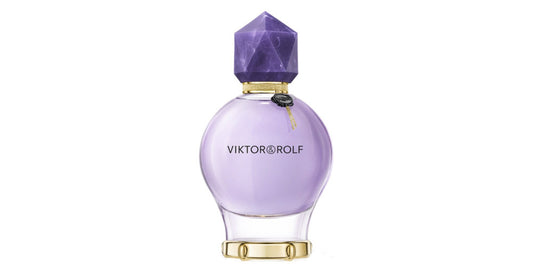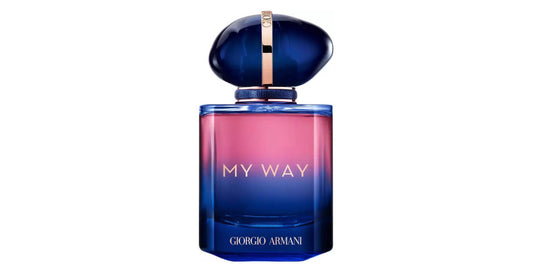Lavandin in perfumery
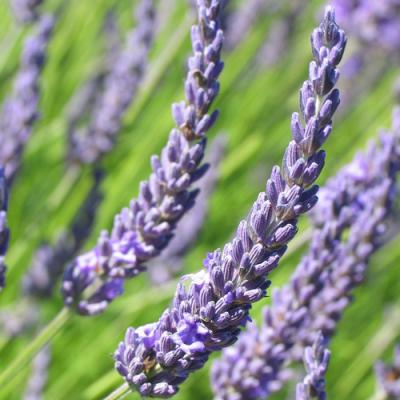
In This Article
And although economic giants like China have entered the lavender cultivation scene, Provence's lavandin from France continues to distill its delightful fragrances successfully into our lives!
Lavandin and its Cultivation in the South of France
Lavandin is a hybrid of true lavender, Lavandula augustifolia, and spike lavender, Lavandula latifolia. It was developed by scientists as a response to the increasing demand for lavender after the Second World War.
Lavender distillation began in the 18th century, with sweet lavender harvested from Provençal fields to create essential oil. This essential oil gained immense popularity, particularly due to the success of Grasse perfumes that incorporated lavandula augustifolia into their fragrant compositions. However, by the early 20th century, demand for lavender was so high (60 tons per year) that despite mechanized harvesting and increased cultivation, Provence couldn't keep up.
In response to this demand, scientists developed a hybrid of two lavender varieties to create lavandin in 1925. This new flower bears similar properties to lavender, but with larger fragrant spikes, providing better yields. Although a hybrid, lavandin is natural and allows the diffusion of less potent lavender fragrances, which can be an asset for some perfumes.
Fun Fact: Lavandin plants can produce up to five times more essential oil than true lavender plants, making them a cost-effective and sustainable option for the perfume industry.Aromatic, Fougère, or Woody Scents Embracing the Lavandin Note
The lavandin note is a relatively recent addition to perfumery compared to many other raw materials. It has been incorporated into masculine or unisex aromatic, woody, or oriental fragrances in search of freshness and floral potency.
Lavandin's favorite olfactory family seems to be the fougère-aromatic family. Present in either top notes or heart notes, lavandin imparts its aromatic fragrances to perfumers' creations. Tom Ford's Lavender Palm combines lavandin with lavender, bergamot, sage, and lemon to offer fresh, tangy notes from the start. In Hermès' Noir Premier - Terres Aromatique, the lavandin note mingles with thyme and freesia in the heart. For Diptyque's Eau de Lavande, lavandin and lavender take center stage, diffused as a heart note and blending elegantly with spicy top notes and woody undertones.
Woody Orientals passionately exude notes of pure and fresh lavandin in an exotic, sometimes spicy, and often surprising trail. Antidote by Viktor &Rolf offers a multifaceted cocktail where lavandin appears at the heart to marry flowers, spices, and a hint of geranium and orange tree bitterness.
Beyond these two preferred families, the lavandin note also features in fragrances that are harder to classify, such as the woody floral L'Eau by ST Dupont or the delightful aromatic citrus Eau Intense by Carven. However, except for a few rarities, lavandin is primarily intended for masculine or unisex fragrances, at least for now.
French Lavandin: A Staple of Perfumery
Despite the global expansion of lavender and lavandin cultivation, the unique charm and quality of French Provence lavandin continue to captivate perfumers and fragrance enthusiasts alike. The enduring success of this hybrid plant in the world of perfumery is a testament to its versatility, affordability, and enchanting aroma.
As the perfume industry continues to evolve, lavandin from the South of France will undoubtedly remain a beloved and essential ingredient in aromatic, fougère, and woody fragrances, bringing a touch of Provence to fragrances worldwide.
